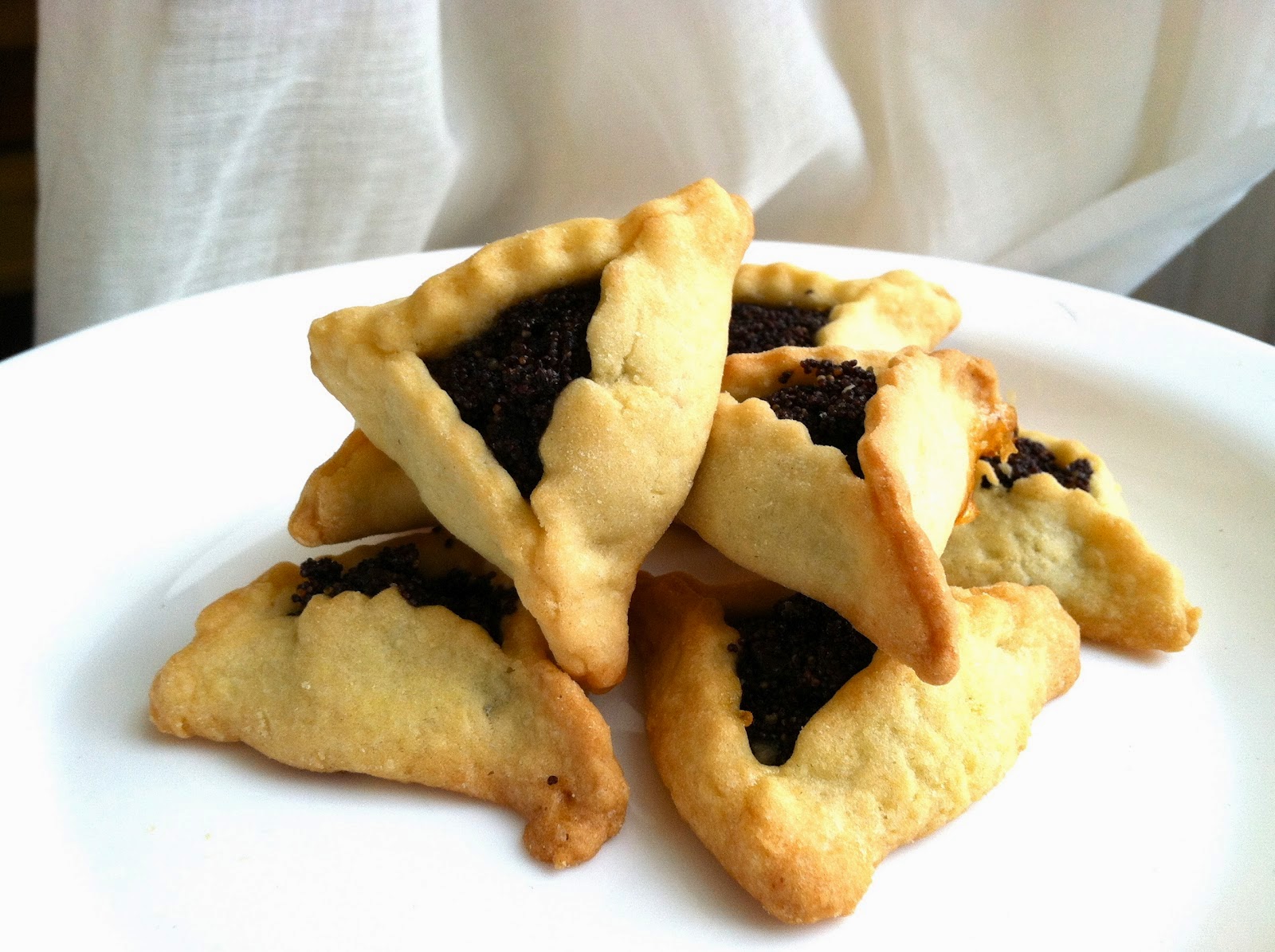It’s Purim again. You know, that “other” Jewish holiday this
time of year that starts with the letter P.
Always the stepchild to Pesach, better known as Passover, even though it
occurs earlier in the Hebrew year.
As you may know, Purim celebrates the Jews’
survival from another threat to their existence.
Actually, that seems to be the theme to many Jewish holidays: Passover
and Chanukah come to mind. Purim
dates back to the 4th century BCE when Jews faced eradication in Persia during
the rule of King Ahasuerus. His grand
vizier, Haman, apparently felt himself insulted by Mordecai, a Jew who refused
to bow down to Haman, and Haman decided to kill all the Jews. Fortunately, however, the Queen of Persia,
Esther, just so happened to be Jewish, although neither the King nor Haman knew
this at the time Haman devised his plot to kill the Jews. Mordecai, who was Esther’s cousin and
guardian, convinced Esther to intercede with the King which she successfully
did. As a result, Haman faced the gallows. The Jews survived. For those who
want the authentic story not distorted by my abbreviated version, read the Book
of Esther in the Old Testament. For
those who need a website, try http://en.wikipedia.org/wiki/Book_of_Esther.
As a child, I loved
Purim, far more than I loved Passover.
During Passover I could not eat my favorite foods. When I was growing up, the number of foods
that were “kosher for Passover” was limited.
One of my favorite “foods,” using that term loosely, Heinz Ketchup, was
not made kosher for Passover despite my unanswered plea to the Heinz company by
letter in the 1950’s. Some of the best
chocolate were also not available.
But Purim, which
admittedly only lasted a day, had abundant treats, most notably hamantaschen. What are hamantaschen, you ask? A hamantasch is a filled-pocket cookie or
pastry in Ashkenazi Jewish cuisine recognizable for its three-cornered shape.
The shape is achieved by folding in the sides of a circular piece of dough,
with a filling placed in the center. The
filling is often poppy seeds but sometimes prunes or other delights. The pastry draws its name from Haman, of
course, and is eaten as part of the festivities celebrating Jewish survival and
Haman’s downfall.
During Purim, the
Megillah of Esther, the Scroll or Book of Esther, is read at the
synagogue. Young children furiously
shake noisemakers or groggers every time Haman’s name is mentioned during the
reading. Then it’s back home for the hamantaschen. I imagine there was some deep religious
discussion that accompanied the celebration of Purim when I was a child but,
frankly, that was lost in translation!
In any case, my family
would always travel to my mother’s parents’ home when I, my brother and sister,
were children, and there we would devour Grandma’s hamantaschen. They were absolutely delicious. We would always take a truckload of them home
with us. Grandma’s hamantaschen were
filled with prunes and were large, soft shelled and puffy.
Ever since my childhood I
have longed for my Grandma’s hamantaschen. One year, decades ago, my mother
made a batch and mailed them to me in California.
Since then, however, I have sought my Grandma’s hamantaschen in vein. I searched various Jewish bakeries in
Southern California to no avail.
This year I decided to at
least try to figure out what made my Grandma’s hamantaschen so different than
all the others I have tasted. And I’ve
discovered the key! My Grandma did not
use cookie dough, whether soft or hard, to make her hamantaschen. Most who make hamantaschen use cookie dough. My Grandma used dough with yeast that yielded
a much softer pastry with a brownish color.
Unlike most cookie dough hamantaschen which crumble before they reach
your mouth, Grandma’s hamantaschen retained their shape until disappearing
inside our mouths.
I was able to find
several sources on the Web that distinguish Grandma’s kind of hamantaschen from
the usual cookie dough variety.
The usual cookie dough
variety of hamantaschen typically looks like this:
In contrast, my Grandma’s
hamantaschen looked like this:
Now I must find someone who knows how to cook
to make my Grandma’s hamantaschen. Then
life would be sweet!

